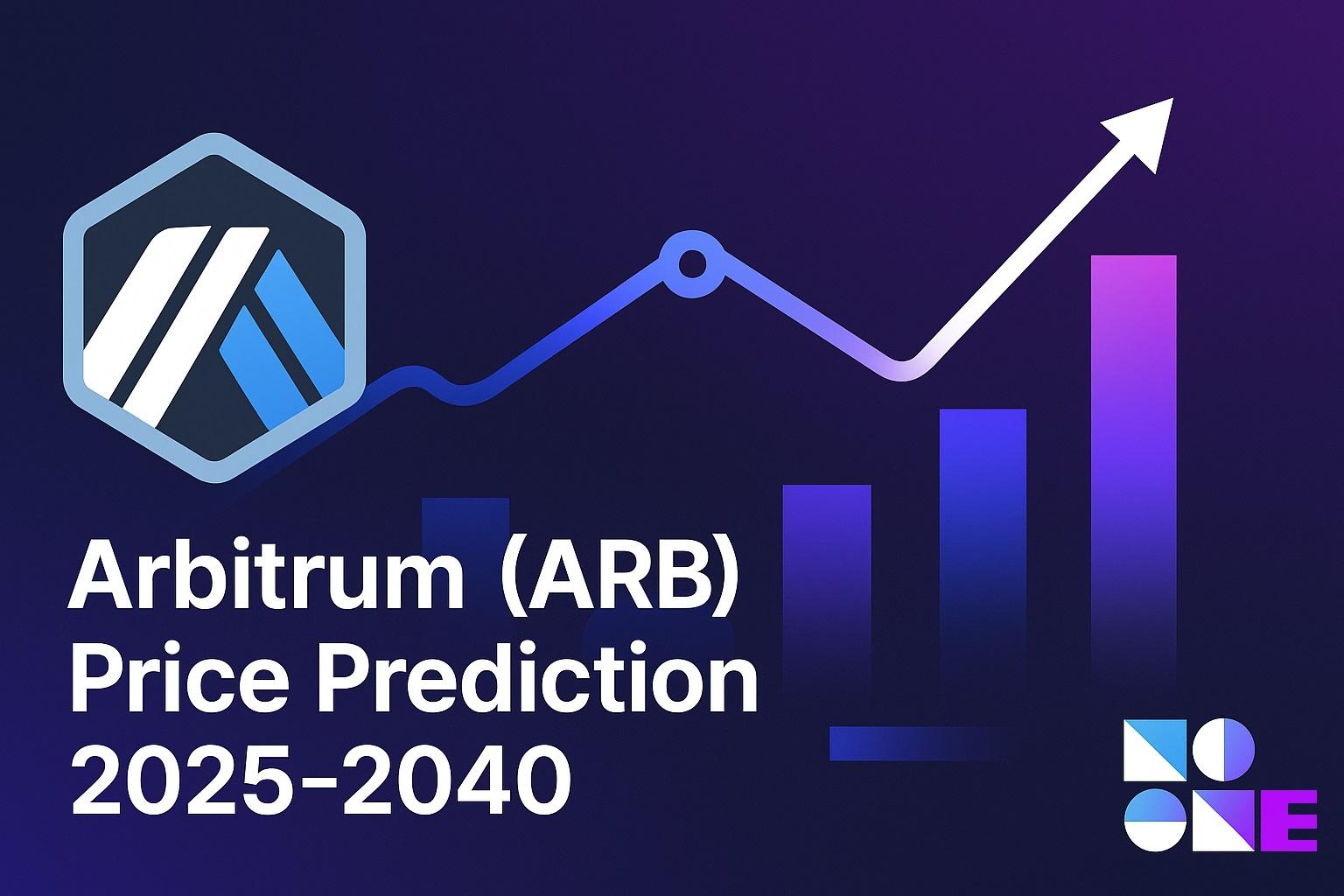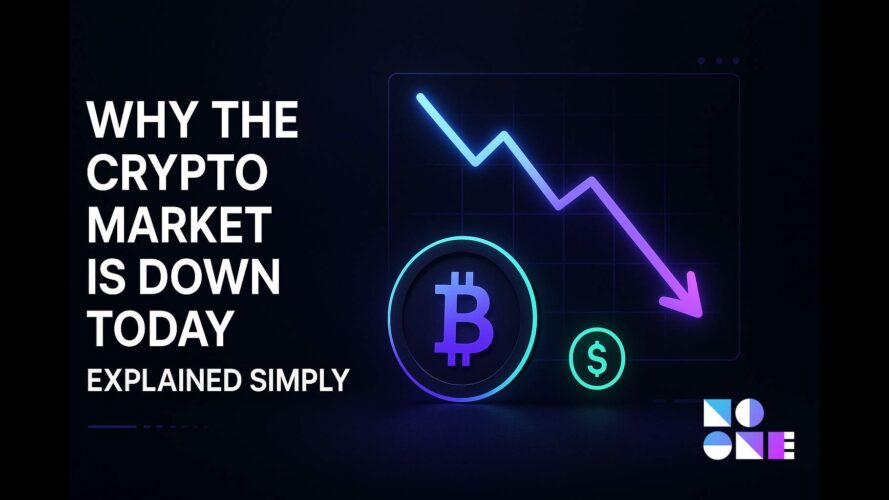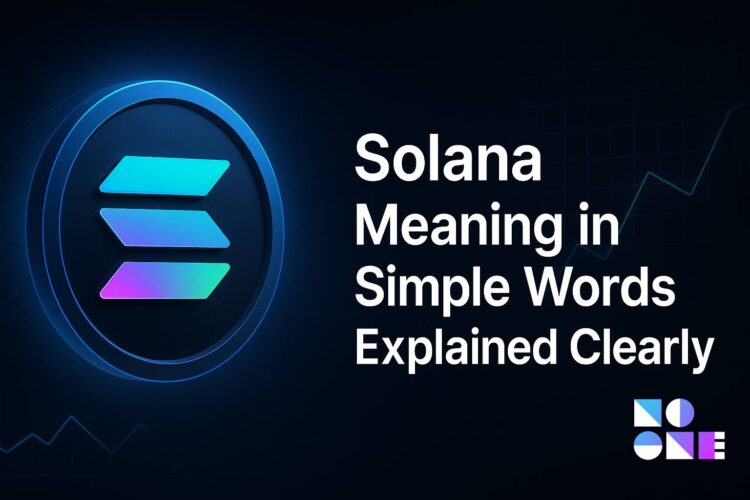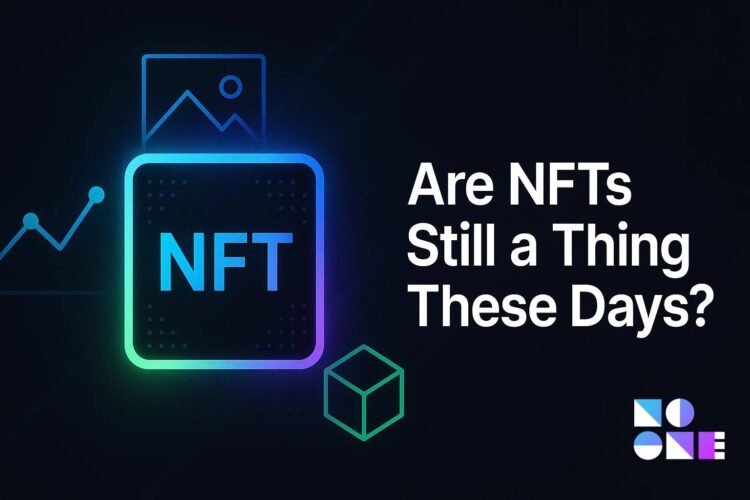Arbitrum (ARB) Price Prediction 2025–2040
Disclaimer: This article is educational in nature and does not constitute financial advice. Cryptocurrency markets are highly volatile. Always research thoroughly before making any investment.
Introduction
Arbitrum (ARB) is one of the leading Layer-2 scaling solutions for Ethereum, using optimistic rollups to increase throughput and lower gas fees while relying on Ethereum for security. With a strong developer ecosystem, deep liquidity and integrations across DeFi, Arbitrum is well positioned to benefit from continued Ethereum growth. This piece lays out scenario-based price targets for 2025, 2027, 2030, 2035, and 2040, plus short rationales and key drivers.
Manage your Arbitrum (ARB) securely in Noone Wallet, where you can buy, store, exchange, send, and receive crypto safely — all under your full control.
What is Arbitrum (ARB)?
Short definition: Arbitrum is an Optimistic Rollup solution built by Offchain Labs to scale Ethereum. Key characteristics:
- Optimistic Rollup architecture — aggregates transactions off-chain and posts proofs on Ethereum.
- EVM compatibility — deploy existing Ethereum dApps with minimal changes.
- Strong DeFi ecosystem — supports projects such as GMX, Camelot, Radiate, etc.
- Governance token (ARB) — used for DAO governance and protocol decisions.
Because of its speed, low fees and developer friendliness, Arbitrum has been one of the most used Ethereum Layer-2 networks by TVL and developer activity.
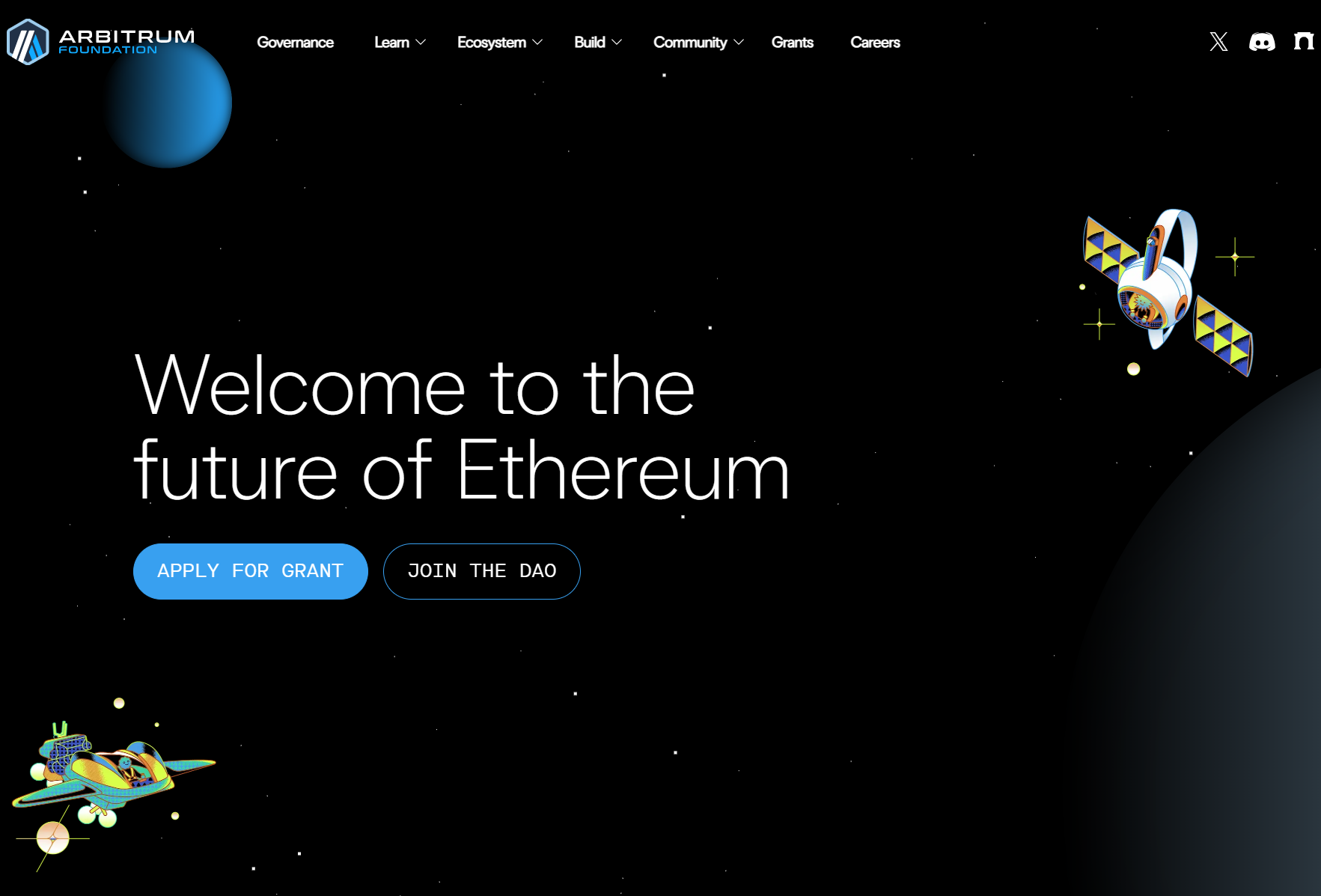
Price prediction — table & ROI
Year | Predicted price (USD) | |
|---|---|---|
2025 | $0.80 | +135% |
2027 | $1.50 | +341% |
2030 | $3.20 | +841% |
2035 | $6.00 | +1,664% |
2040 | $10.50 | +2,988% |
Year-by-year rationale
2025 — near term: $0.80 (±)
- Why: Continued Ethereum scaling activity and increased DeFi migration to Layer-2s could push demand for ARB. Arbitrum’s liquidity and ecosystem depth make a bounce to ~$0.80 plausible if macro sentiment improves.
2027 — medium term: $1.50
- Why: If Arbitrum retains leadership among rollups, expands interoperability and DAO activity increases, ARB could trade near $1.50 assuming steady network growth and transaction volumes.
2030 — structural adoption: $3.20
- Why: Broad adoption of high-throughput Web3 apps (gaming, NFT infra, institutional DeFi) built on Arbitrum could materially lift fee capture and token utility, supporting a multi-dollar price.
2035 — widespread integration: $6.00
- Why: If Layer-2s become core infrastructure and Arbitrum maintains technological and developer advantage (potential staking, fee sharing, or other utility enhancements), larger valuations are feasible.
2040 — long horizon stretch: $10.50
- Why: Long-term real-world integrations, continued Ethereum prominence, and persistent Arbitrum leadership could push ARB toward this range — contingent on many execution and macro factors.
Historical price overview (selected milestones)
Date | Approx. price | Notes |
|---|---|---|
Mar 2023 | $1.25 | Token airdrop & initial exchange listings |
Apr 2023 | $1.80 | Early ecosystem growth / DeFi integrations |
Nov 2023 | $0.95 | Market correction / lower liquidity |
Jul 2024 | $0.55 | Consolidation amid wider crypto weakness |
Oct 2025 | $0.34 | Current trading level during market recovery |
Although ARB declined from early post-launch highs, Arbitrum’s TVL and network usage remain significant.

Main determinants affecting ARB’s price
- Ethereum scalability demand: Higher Layer-2 adoption increases Arbitrum usage.
- Ecosystem growth: More DeFi, gaming, NFT and infra projects on Arbitrum create sustained demand.
- Competition: Success vs Optimism, zkSync, StarkNet and other L2s will influence market share.
- Governance & token utility: Staking, fee-sharing or new governance mechanisms could raise token utility.
- Market sentiment & macro cycles: Bull/bear crypto markets remain dominant external factors.
FAQ (brief)
Is ARB a good investment?
From a technology and adoption viewpoint, Arbitrum is among the strongest Layer-2 projects. Investment suitability depends on your risk tolerance and view on Ethereum/Layer-2 adoption.
Can ARB reach $10?
In a long-run bull case with sustained adoption and market expansion, yes — reaching $10 by 2040 is within the optimistic scenario, but it requires strong, multi-year execution and favorable macro conditions.
What risks should investors consider?
Competition from other L2s, regulatory changes, tokenomics shifts, short-term volatility and overall crypto market downturns.
Conclusion
Arbitrum is a leading Ethereum Layer-2 with strong developer adoption and TVL. The scenario table above offers structured price pathways — from near-term recoveries to aggressive long-term upside — but all outcomes depend on execution, competition, and macro conditions. Use the scenarios as planning tools and always verify live prices, protocol updates and on-chain metrics before acting.
You can store, buy, exchange, send, and receive Arbitrum (ARB) securely with Noone Wallet — a non-custodial wallet that keeps your crypto completely under your control.
